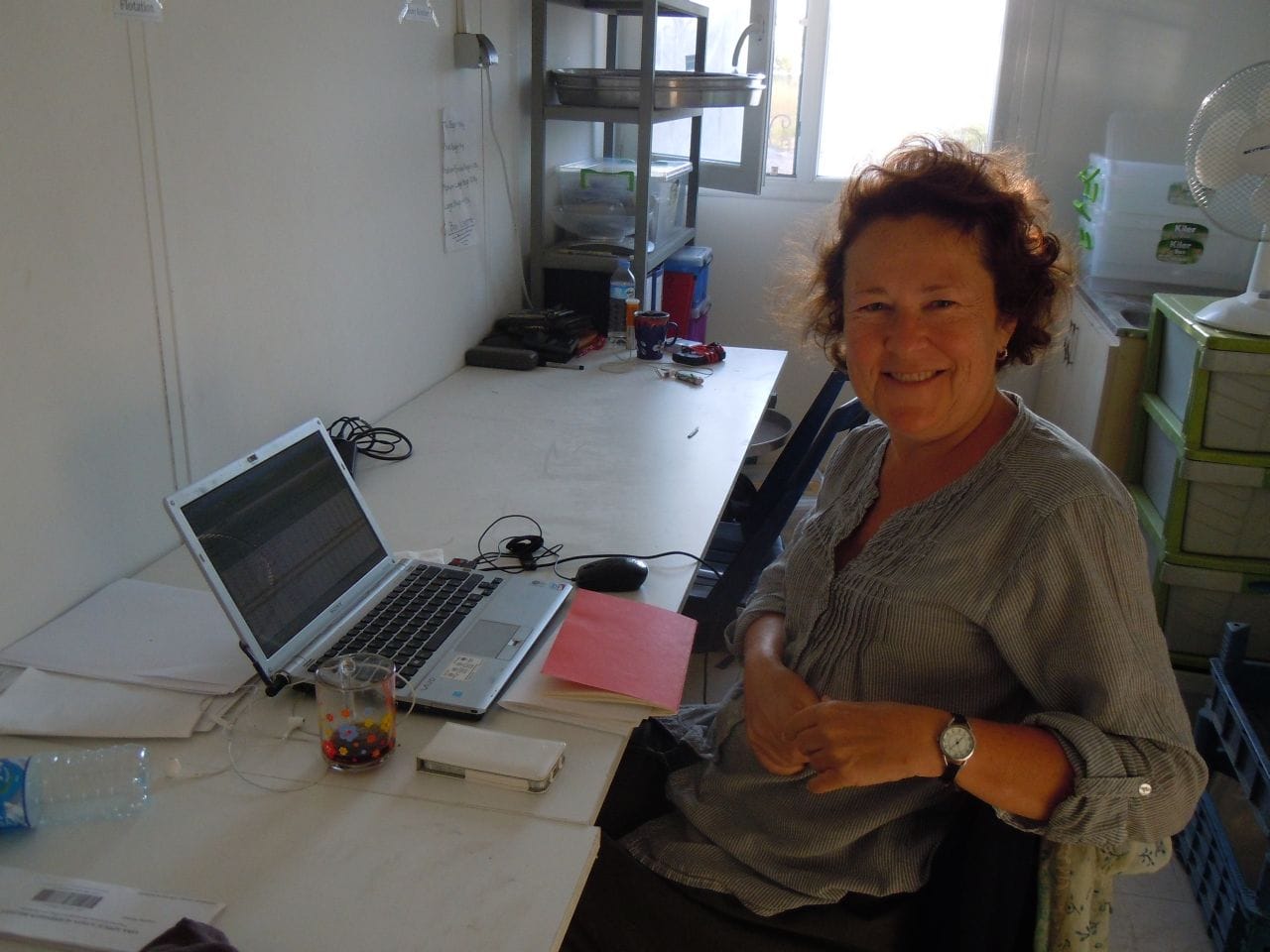Boncuklu’s research strategy involves comprehensive recovery of finds from the site in an effort to extract every last ounce of information about the ancient community’s way of life. Stratified contexts are either 100% processed using the flotation tank, or 50% floated and 50% wet sieved. The product of these processes, other than the interesting botanical remains collected by flotation, is a huge quantity of washed, artefact and bone rich, heavy residue.
As well as recovering the smaller items from the excavation the heavy residue allows us to investigate where different activities took place across the settlement as much of the residue is in fact the by-product of activities such as tool making, bead making and bone marrow extraction. Ingrid Inversen, a PhD student from the University of Reading, is the BK heavy residue analyst. She is using the heavy residue to plot how activities were organised across space and time, trying to understand Neolithic ‘households’. This is difficult at Boncuklu – our houses were kept very clean. Boncuklu, alongside Bestansur in Iraq, are her case studies. Boncuklu is a particularly good site for her work because of the consistent post-excavation processes, the huge amount of heavy residue already sorted and catalogued, and the already documented data from successive excavation seasons. Such analysis is rarely applied to archaeological sites and we are excited to see what patterns emerge through her work.
Ingrid hard at work in the Heavy Residue lab.





 Follow
Follow